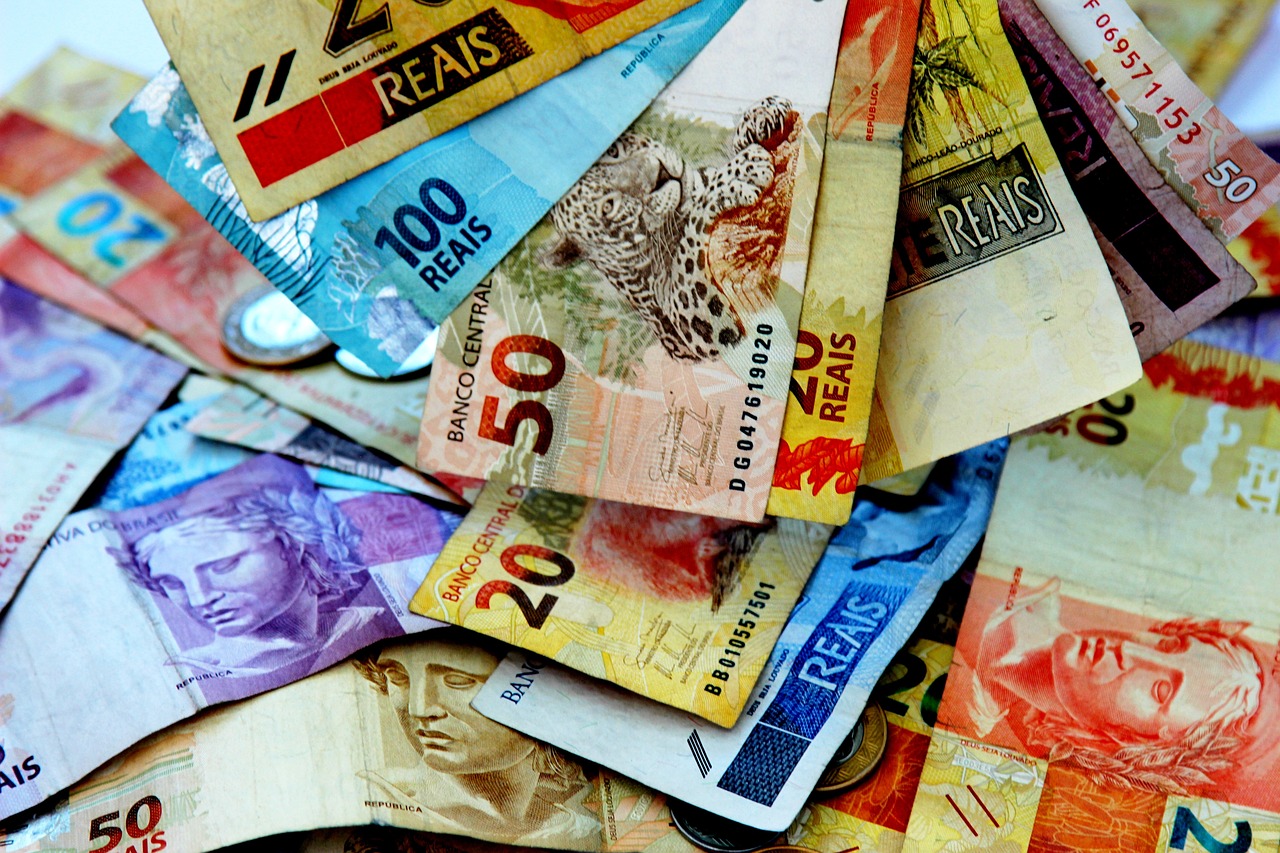Understanding ZAR Volatility: Exchange Rates, Costs, Government Influence, and Economic Impact
GPT_Global - 2025-11-01 01:00:05.0 10
Why is the ZAR often considered a volatile currency compared to the USD?
The ZAR (South African Rand) is often considered a volatile currency when compared to the USD (United States Dollar) due to a variety of factors that influence its fluctuations. One major reason is South Africa's dependence on commodity exports, such as gold and platinum, which are sensitive to global market prices. When commodity prices fluctuate, the ZAR's value can also experience significant shifts.
Another contributing factor is the country's political and economic instability, which can cause investor uncertainty and impact the Rand’s performance. Additionally, South Africa's fiscal policies, inflation rates, and trade balances play a role in determining the ZAR’s value. As a result, the Rand tends to react strongly to changes in global markets or domestic news, making it less predictable.
For businesses involved in remittance, understanding the volatility of the ZAR is crucial. Fluctuations in the exchange rate can impact the amount received by beneficiaries, making it important for both senders and recipients to stay informed about the currency's movements. Using a trusted remittance service can help mitigate the risks associated with currency volatility.

How do I monitor the USD to ZAR exchange rate regularly?
Monitoring the USD to ZAR exchange rate is essential for individuals and businesses involved in remittances. The fluctuation of exchange rates can significantly impact the value of money being transferred, and staying updated is key to making informed decisions.
One of the easiest ways to track the USD to ZAR exchange rate is by using online currency converter tools. These platforms provide real-time data and historical trends, allowing users to compare rates and anticipate fluctuations. Some popular websites and apps, like XE and OANDA, offer customizable alerts, so you’re notified when the exchange rate hits your desired level.
Financial news websites also offer regular updates on currency markets. Websites like Bloomberg, Reuters, and local South African news outlets provide insightful reports and analyses about the exchange rate and the factors influencing it. Subscribing to their alerts can ensure you're always in the loop.
Additionally, many remittance services provide real-time exchange rate tracking as part of their platform. By setting up a remittance account with such services, you can automatically monitor the exchange rate and transfer funds when the conditions are most favorable.
What are the costs involved in exchanging USD to ZAR at a currency exchange service?
When exchanging USD to ZAR, it’s essential to understand the costs involved to get the most value from your money transfers. Currency exchange services typically include several types of fees that can affect how much South African Rand you receive for your US Dollars.
The most common cost is the exchange rate margin — the difference between the market rate and the rate offered by the exchange provider. Even a small margin can significantly impact large remittance amounts. In addition, many services charge a flat transaction or service fee, which varies depending on the provider and payment method used.
Some providers may also include hidden costs such as intermediary bank fees or unfavorable conversion rates when using cash or cards. To minimize these expenses, compare rates across reputable money transfer companies and consider using online remittance platforms that offer transparent pricing and real-time exchange rates. By understanding these costs, you can ensure your USD to ZAR transfer is both affordable and efficient.
What is the historical trend for 1 USD to ZAR over the last 10 years?
Over the last decade, the exchange rate between the US Dollar (USD) and South African Rand (ZAR) has experienced notable fluctuations, reflecting a variety of global and local economic factors. From 2015 to 2025, the USD to ZAR rate has seen periods of significant appreciation and depreciation, influenced by elements such as commodity prices, inflation rates, political stability, and interest rate decisions.
In the early part of this period, the ZAR faced substantial pressure due to global market uncertainties, weakening the Rand against the USD. However, periods of recovery were seen as global economic conditions improved, and South Africa’s policies offered some stability. Despite this, the ZAR continued to struggle against the stronger USD due to inflationary pressures and political challenges.
For businesses in the remittance sector, understanding these fluctuations is crucial for providing accurate and cost-effective services. Currency volatility impacts the cost of sending money internationally, making it essential for remittance providers to stay informed about exchange rate trends to ensure competitive pricing and customer satisfaction.
About Panda Remit
Panda Remit is committed to providing global users with more convenient, safe, reliable, and affordable online cross-border remittance services。
International remittance services from more than 30 countries/regions around the world are now available: including Japan, Hong Kong, Europe, the United States, Australia, and other markets, and are recognized and trusted by millions of users around the world.
Visit Panda Remit Official Website or Download PandaRemit App, to learn more about remittance info.


